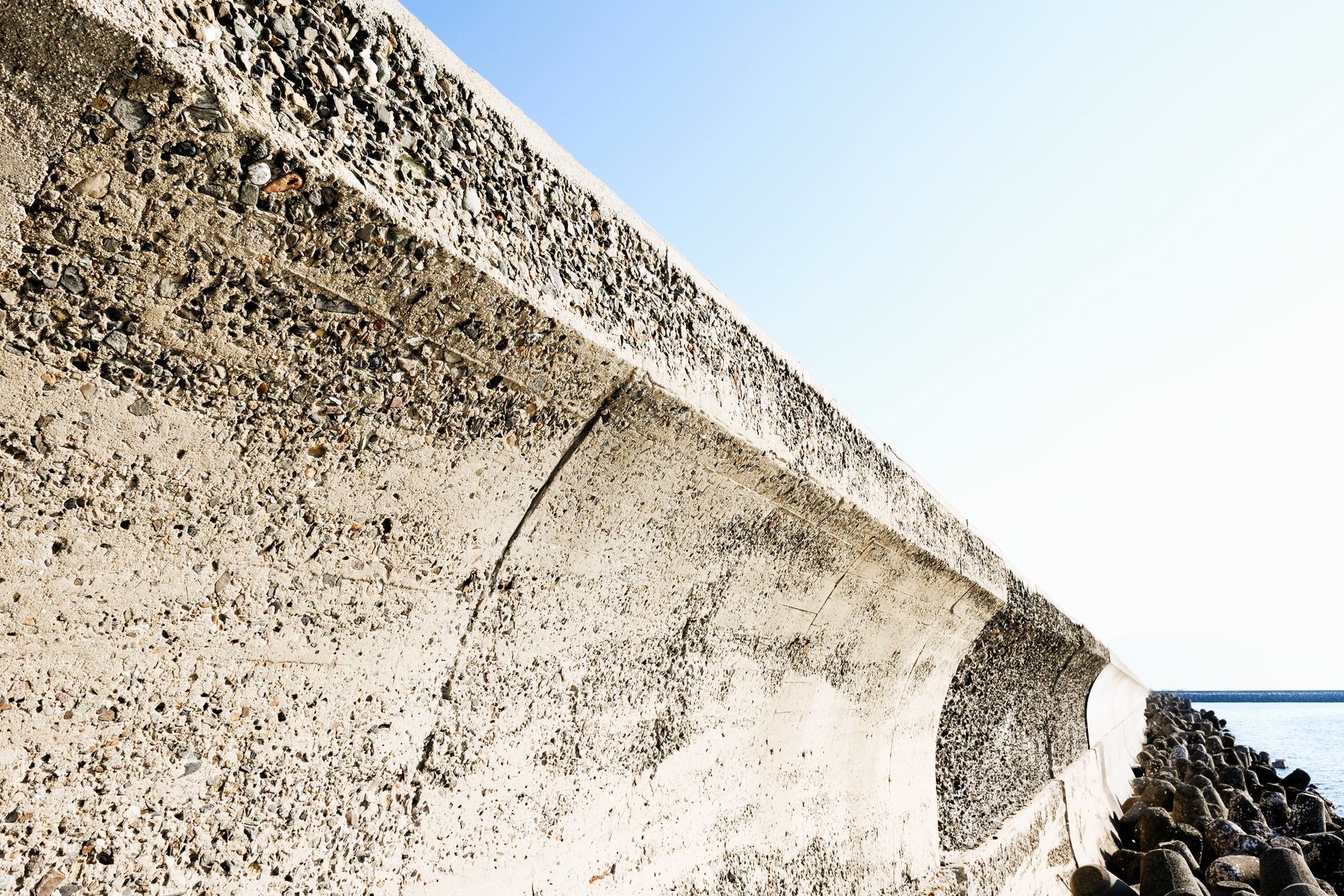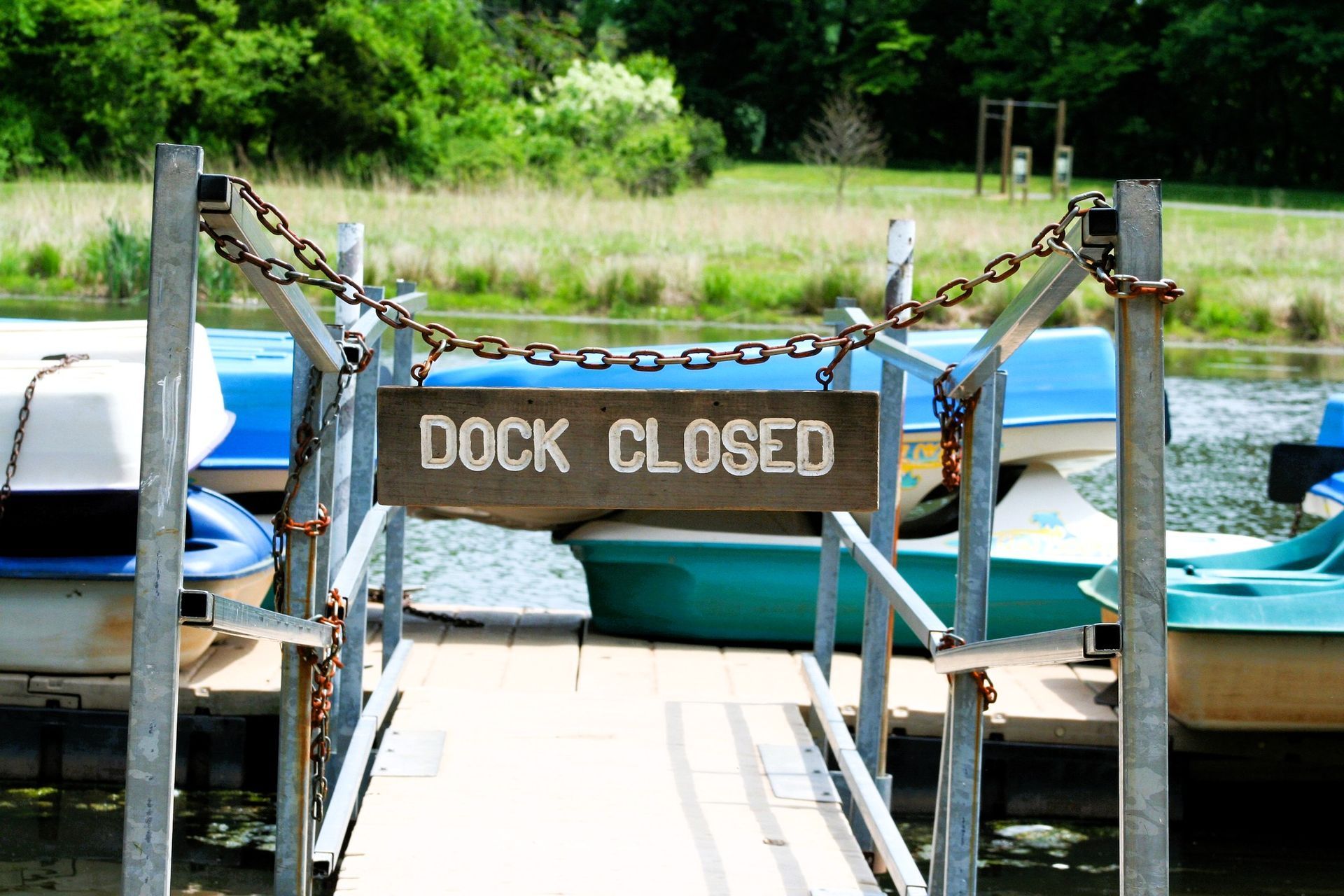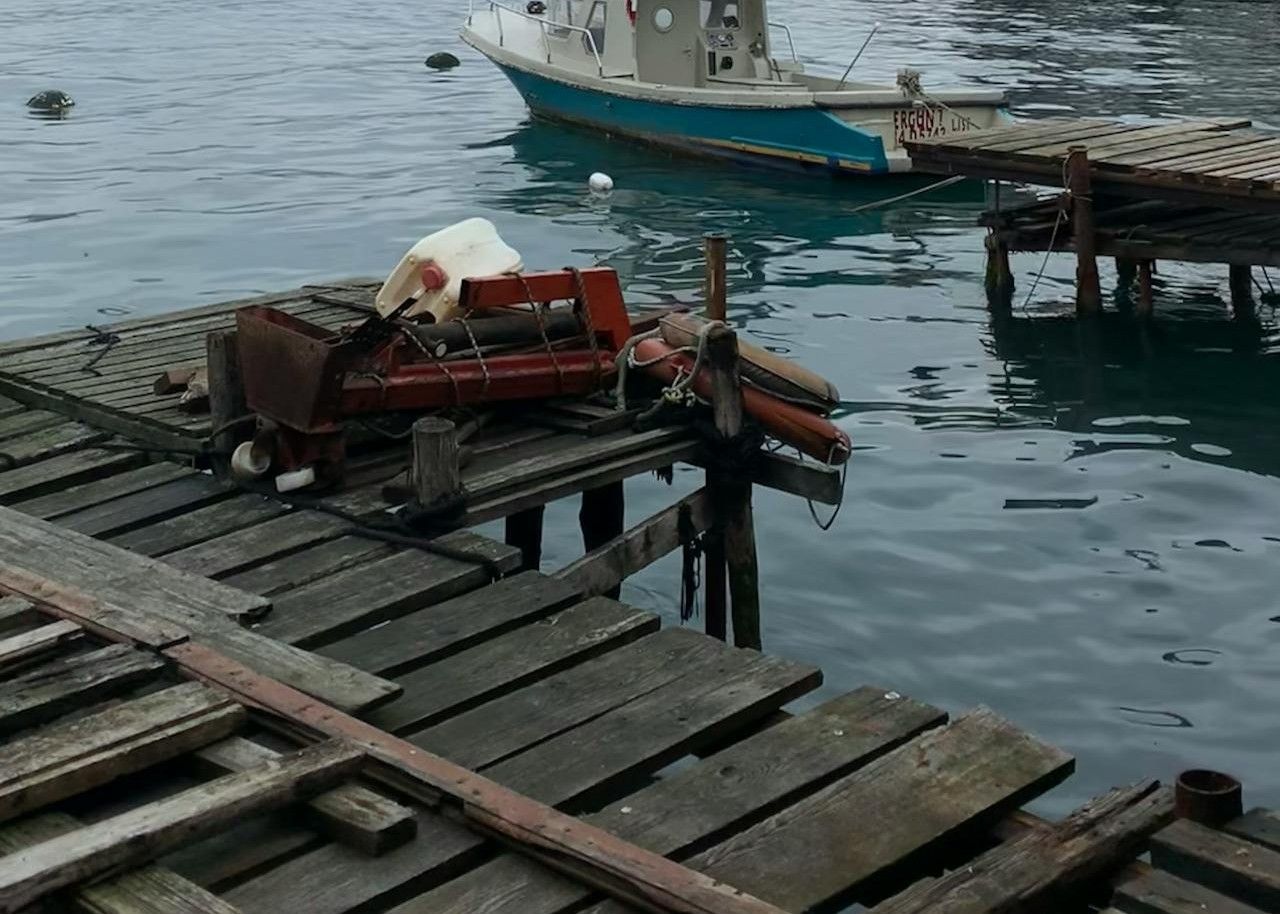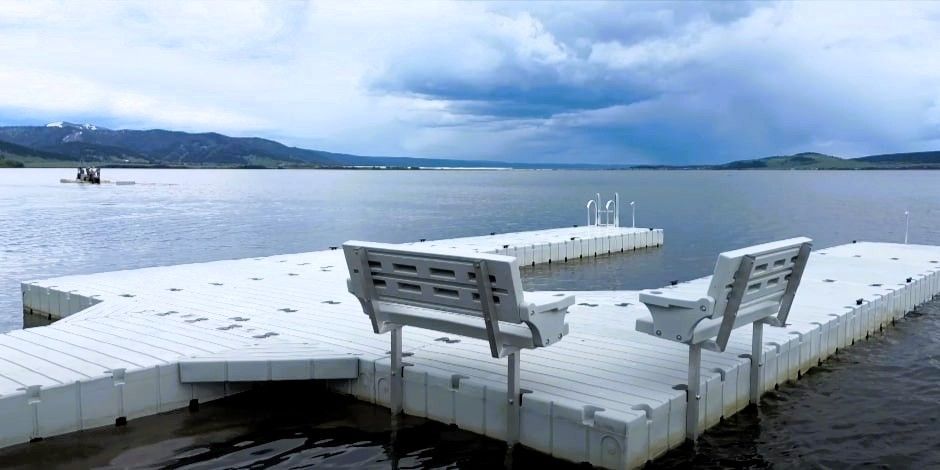5 Signs Your Seawall is in Need of Repair (And How to Fix It)
Warning signs your seawall needs repair and how to fix it

Living near Tampa’s stunning waterfront is nothing short of paradise—endless views, coastal breezes, and easy access to all the marine fun you could ask for. But with those benefits come a few responsibilities, including ensuring your property is well-protected from the forces of nature. Enter the seawall. These sturdy barriers guard your yard and home from the wear and tear caused by waves, storms, saltwater, and shifting tides.
But, like any other structure, seawalls don’t last forever. Over time, they’re bound to experience some wear and tear. Knowing how to spot the signs of seawall damage early on can save you from a major headache (and an even bigger bill). So, let’s dive into the five red flags your seawall is waving, signaling it might need some TLC.
1. Sinkholes Near Your Seawall? Time for Action!
Have you noticed small sinkholes or depressions popping up around your seawall? It might not seem like much, but this is a serious sign of soil erosion at work. When water seeps through cracks or gaps in the wall, it gradually pulls the surrounding soil and sand away. The result? A weakening foundation that can eventually compromise the entire structure.
Unchecked erosion can escalate quickly, and those tiny sinkholes could turn into large, dangerous voids. This isn’t just about aesthetics—your seawall is keeping your entire yard and home safe from coastal damage. Catching erosion early can prevent bigger, costlier repairs.
Pro Tip: Take regular strolls around your seawall to look for uneven surfaces or missing soil. Catching erosion in its early stages is key!
2. Voids Near the Edge = Big Trouble Ahead
Notice any air pockets or gaps along the edge of your seawall? These “voids” are often caused by settling soil, and if ignored, they can cause some serious structural damage. The gaps can shift the ground beneath the wall, leading to sinking and destabilization over time.
If those voids get bigger, your seawall’s foundation could be compromised, which may result in costly repairs—or worse, total collapse. Don’t let these pockets get out of hand!
Pro Tip: Fill small voids with appropriate backfill material ASAP. If you’re unsure about the fix, it’s best to call in the pros for a more thorough solution.
3. Cracks in Your Concrete? Don’t Ignore Them!
One of the most obvious signs of seawall stress is cracking concrete. While a few minor surface cracks may seem harmless, they’re often the first indicators of bigger problems—like soil loss or voids forming underneath. Water can sneak through these cracks, accelerating the erosion process and leading to further damage.
For example, a fish processing facility in Florida ignored cracks in their seawall, which eventually caused it to fail completely. They ended up with a hefty repair bill that would have been much smaller if they’d acted sooner.
Pro Tip: Keep an eye on cracks, no matter how small. Even a hairline crack can be a warning sign. Inspect your seawall regularly!
4. Shifting Structures Nearby? It Could Be the Seawall’s Fault
Your seawall doesn’t just protect the wall itself—it’s responsible for stabilizing the entire area around it. If you notice structures like your pool, patio deck, or fence starting to tilt, sink, or crack, it could be because water is seeping through the seawall, eroding the soil, and weakening the ground. What starts as a minor issue near the wall can extend far beyond that, affecting your entire property.
Pro Tip: Check for any shifting or sinking around nearby structures. If you spot these signs, it’s time to inspect your seawall.
5. The Culprits Behind Seawall Damage
Understanding what causes seawall damage can help you take steps to prevent it. Here are some of the most common issues that lead to trouble:
- Water Pressure: Rising tides, heavy rain, and even everyday water movement can apply pressure on your seawall, causing cracks and bulging.
- Material Degradation: Saltwater is tough on materials like concrete and steel, causing them to corrode over time.
- Clogged Drainage Systems: Your seawall’s drainage system is essential for keeping water pressure in check. When it’s clogged, water can build up behind the wall, causing major damage.
Pro Tip: Scheduling an annual inspection can help spot these underlying issues before they lead to serious damage.
Protect Your Waterfront Property Today
Your seawall is your first line of defense against the relentless forces of nature. Don’t wait for small cracks and sinkholes to turn into a major disaster. Regularly monitoring your seawall for warning signs like erosion, voids, and cracks can save you from costly repairs down the road.
If you’ve noticed any of these signs—or just want peace of mind that your seawall is in tip-top shape—contact Tampa Dock Builder for a free inspection. We specialize in diagnosing and
repairing seawall issues using cutting-edge technology, so you can rest easy knowing your home is safe from the elements. Don’t wait—schedule your inspection today, and let’s keep your seawall strong for years to come!


